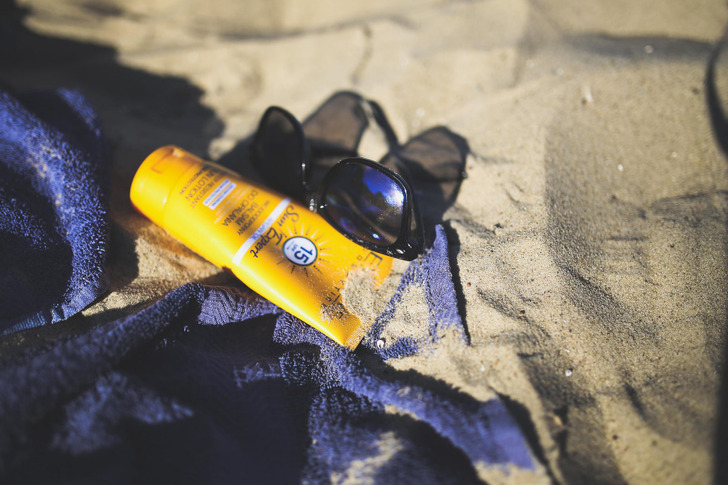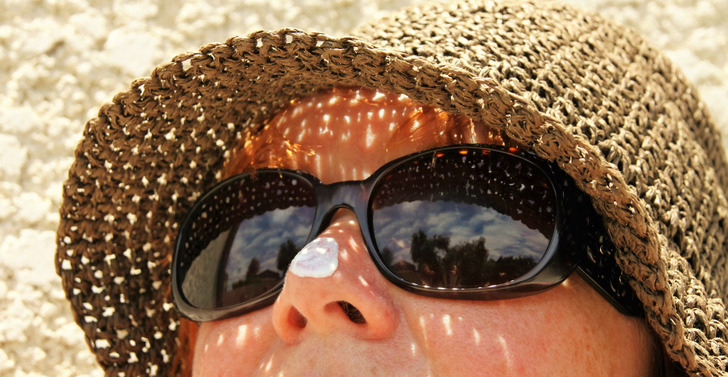What SPF Is, and How It Protects the Skin
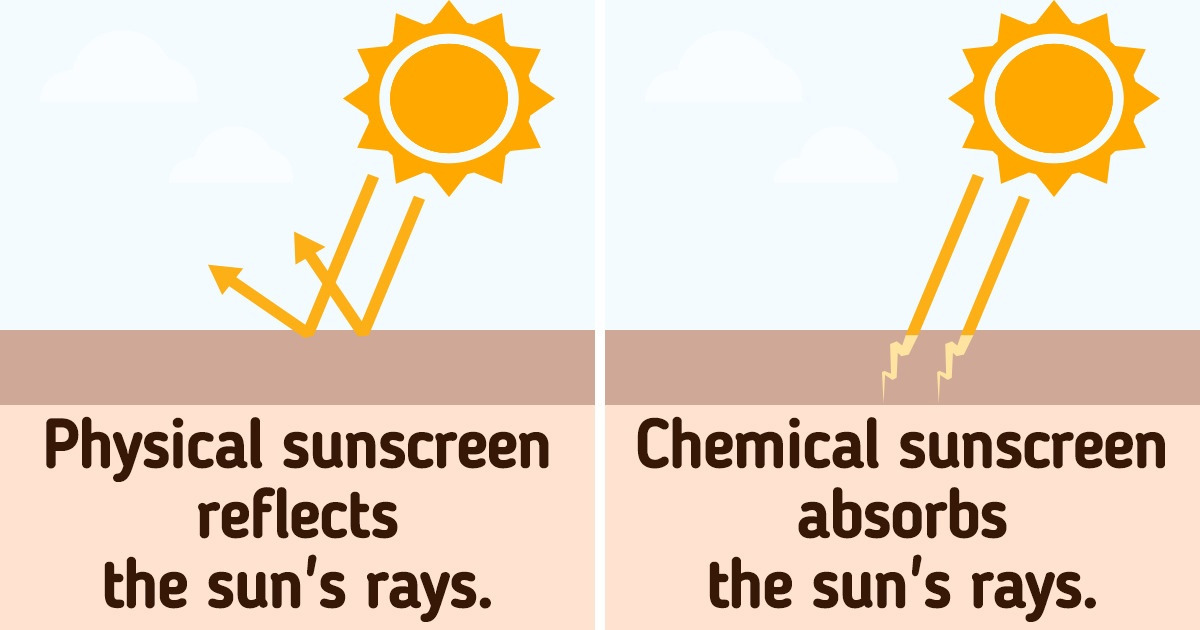
Even if you are lucky enough to have never gotten a sunburn, you have likely heard about the product that is believed to be one of the most helpful ways to avoid it from happening. Yes, we’re talking about sunscreen.
We at 5-Minute Crafts decided to find out why we need sunscreen and how it works. After all, with the arrival of summer, this question becomes even more important.
What sunscreen is
Sunscreen is a product that is applied to the skin and absorbs or reflects the sun’s ultraviolet (UV) radiation, protecting us against sunburns and preventing skin cancer (and other skin diseases). Sunscreen can come in the form of lotion, spray, gel, foam, stick, or powder. As a rule, sunscreen uses the same working component of sun protection as clothing, sunglasses, or a hat.
Why we need protection from the sun
Understanding how UV rays affect our skin can help us protect it.
The sun naturally produces ultraviolet radiation. Unlike visible light, ultraviolet rays have a short wavelength, so we can’t see them with the naked eye, but our skin can feel them. Issues can usually be caused by 2 types of UV radiation:
- UV radiation has a long wavelength and affects the aging of the skin.
- UVB radiation has a shorter wavelength and can cause burns.
These 2 types of radiation affect the skin differently but both do it negatively. Exposure to these rays without proper protection can start processes that can lead to skin diseases as well as premature aging.
What SPF means
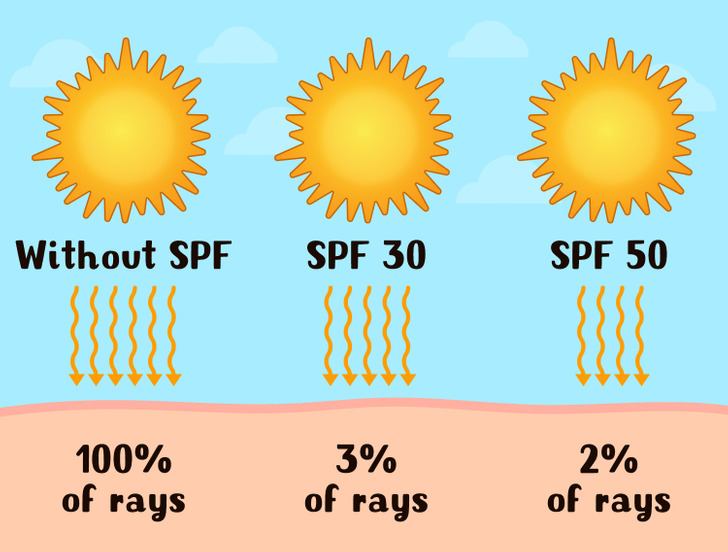
SPF (Sun Protection Factor) is a form of measurement that indicates how well a sunscreen protects the skin from UVB rays because, as we have already mentioned above, it’s these that are the main reason for sunburns. The higher the SPF is, the better it protects us from UVB rays.
It’s important to keep in mind that no sunscreen can block all UVB rays. For example, sunscreen with SPF 30 blocks about 97% of UVB rays, while a sunscreen with SPF 50 blocks about 98% of UVB rays. It is also worth noting that the number next to the SPF mark on the package doesn’t say anything about the ability of a sunscreen to block UVA rays.
Types of sunscreen
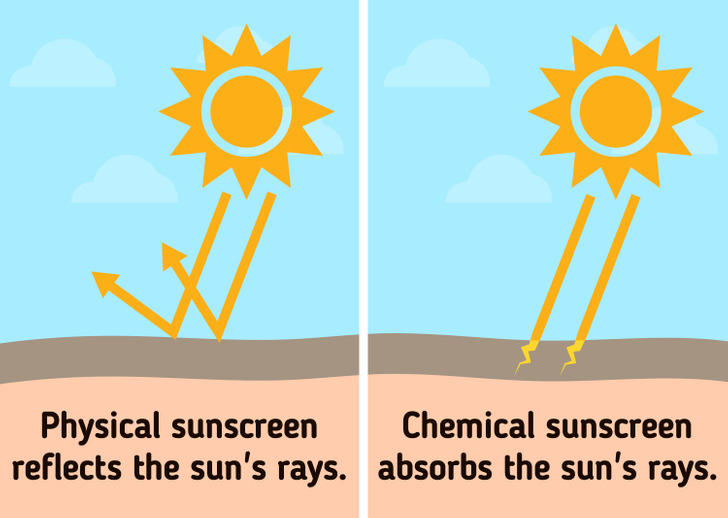
Sunscreen contains organic and/or inorganic active ingredients that protect the skin from the sun’s rays. There are 2 main types of sunscreen: physical and chemical.
- Physical sunscreen, which is also called mineral sunscreen, contains inorganic physical UV filters. They reflect, shatter, and block sun rays, not letting them penetrate into the skin. The composition of the physical filter is designed to sit on top of the epidermis without getting absorbed into the skin. The main ingredients of such sunscreen are titanium dioxide and/or zinc oxide.
- Chemical sunscreen works a bit differently. It contains organic active ingredients that absorb UV radiation. Exposure to the sun starts a chemical reaction that transforms ultraviolet radiation into heat, released from the skin. Chemical sunscreens often only protect against one type of ray, while physical sunscreen, as a rule, protects from both. The main active components in chemical sunscreens are avobenzone, octinoxate, oxybenzone, and octocrylene.
